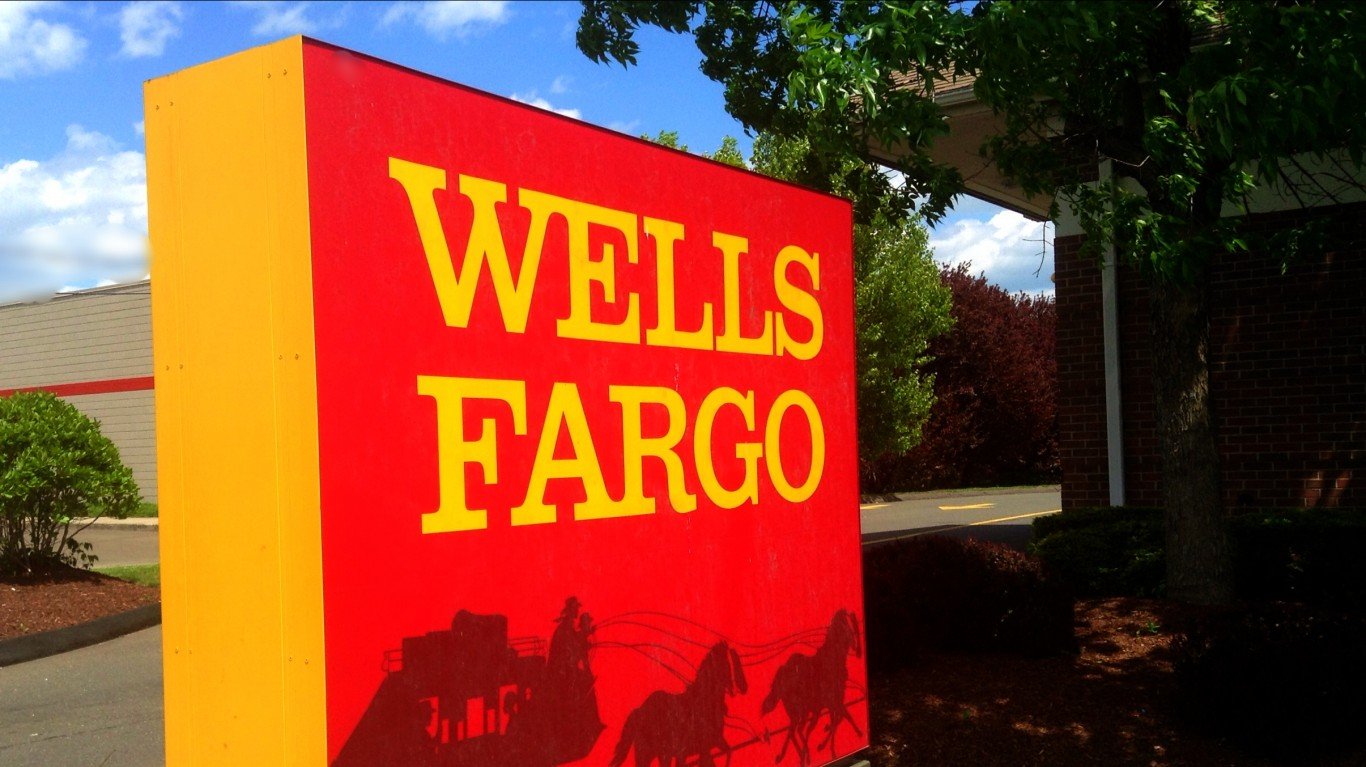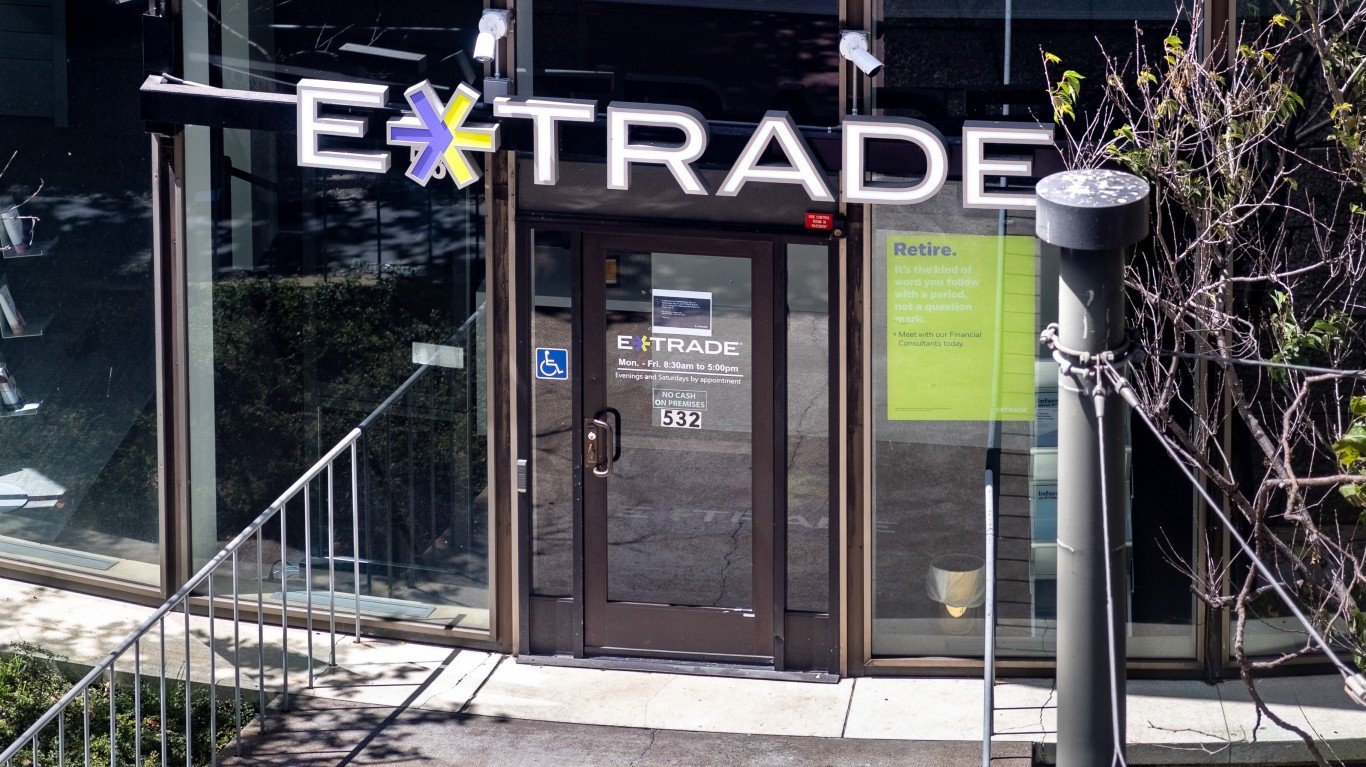

The cash machine, also known as the automatic teller machine (ATM) was first introduced in the UK in the early 1960s. In 1969, Chemical Bank, now part of JP Morgan, installed one in Rockville Center in New York State. Little did anyone know that by 2018, there would be over 400,000 ATMs in the United States. The market is controlled by the largest banks. JP Morgan has a 17% market share of ATMs in America, followed by Bank of America at 15%, and Wells Fargo at 12%. The theory that the ATM would replace the human teller has not happened, at least not yet. The bank branch count in the U.S. has changed very little over the last several years.
ATMs were once located primarily in banks. The has changed. Retailers of all sorts have installed the machines as a way to make profits off the fees charged for each transaction. These non-bank locations can charge as much as $3, which, over time, can be very profitable.
ATM machines have become a target of progressive politicians, in particular Senator Elizabeth Warren. She believes banks should charge much smaller fees or none at all. She views the business as a “rip-off” of customers who are forced into transactions that involve only the most modest of costs to banks branches.
Traditionally, banks do not charge their own customer ATM fees. They make their money from customers from other banks or people who have no bank at all. ATM fees have climbed to $5, but that level of fee is rare.
Lending Tree looked at what banks typically charge per transaction at ATM machines. Most major banks charge non-customers $2.50 per transaction. The major bank with the lowest fee is Capital One at $2. The bank with the highest fee is Citizens Bank at $3. Citizens is fairly small based on branch count at 981 which puts it in 12th place among all American banks. The bank with the most branches is Wells Farge at 9,039.
The future of the ATM is clouded by methods that many consumers use to pay for goods and services. Cash has been largely been replaced by credit cards, The emergence of alternative payment methods like Apple Pay offers even more competition.
Will there be ATMs in a decade? Probably, but the count could be much smaller as more and more Americans move away from the use of cash.
Click here to read This Is America’s Worst Bank
Essential Tips for Investing: Sponsored
A financial advisor can help you understand the advantages and disadvantages of investment properties. Finding a qualified financial advisor doesn’t have to be hard. SmartAsset’s free tool matches you with up to three financial advisors who serve your area, and you can interview your advisor matches at no cost to decide which one is right for you. If you’re ready to find an advisor who can help you achieve your financial goals, get started now.
Investing in real estate can diversify your portfolio. But expanding your horizons may add additional costs. If you’re an investor looking to minimize expenses, consider checking out online brokerages. They often offer low investment fees, helping you maximize your profit.
Thank you for reading! Have some feedback for us?
Contact the 24/7 Wall St. editorial team.



